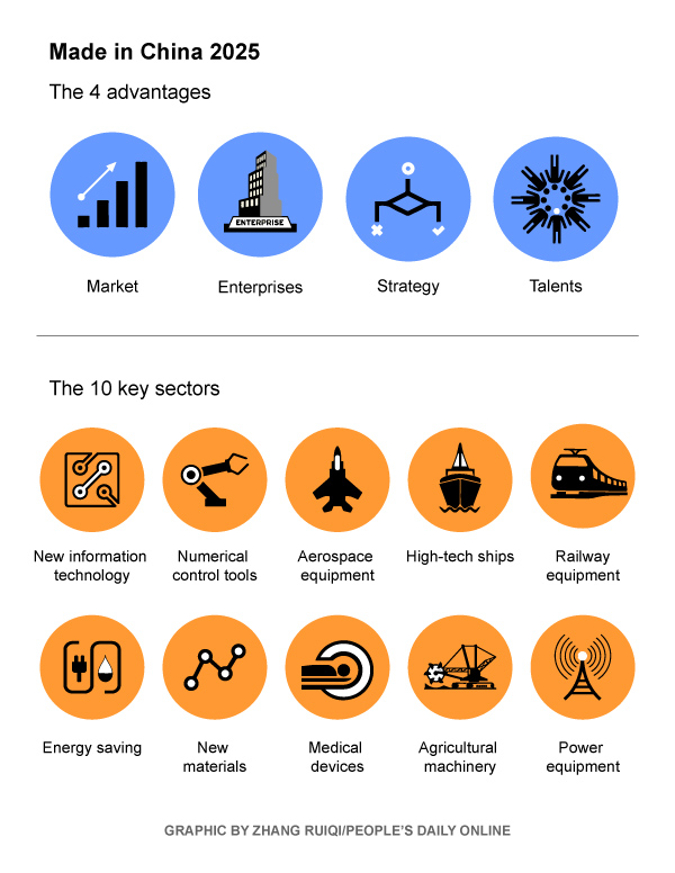|
|
Punitive, Not Protective Tariffs Announced; Negotiation Possible
24 March 2018
EIRNS—The Trump Administration took multiple tariff actions March 22; bringing into effect previously announced steel and aluminum tariffs; provisionally exempting many countries from them; and announcing a target list for 25% tariffs, of about 50 Chinese finished-goods exports to the United States whose total export dollar value is about $60 billion of China’s $500 billion annual exports to America. The last action was met by the Chinese government publishing a target list of 128 U.S. product exports to China, whose export value totals just $3 billion of America’s roughly $170 billion exports to China. The Trump Administration list has a purely punitive character — to attempt to get reparations, in effect, from China for allegedly stealing from the United States in the past, the technologies by which America used to make these products. Its second purpose is to reduce China’s trade surplus with the United States. This puts these tariffs outside the sphere of "American System" protective tariffs; their purposes do not include protection. The "reparations" character was confirmed repeatedly by Trade Representative Robert Lighthizer in testimony to the Senate Finance Committee March 22, particularly to precise questioning by Sen. Ron Wyden (D-OR). Lighthizer stated that he had recommended two things to President Trump: targeting a list of Chinese products according to "an algorithm" incorporating many factors of trade; and targeting products on China’s priority list for its "Make in China 2025" program, in which it aims to gain technological self-sufficiency at a leading edge of technology. This means, for example: computer-driven robotic machine tools; aircraft avionics; railroad equipment and rail stock; shipbuilding machinery; pharmaceutical and medical equipment; semiconductors.
Instructions to tighten up in stopping Chinese company acquisitions in these fields, accompanied the tariff recommendations. The United States has not produced some of these, such as the machine tools and rail equipment and rolling stock, for decades, and has imported them from Japan, South Korea, and European countries for much longer, and to a much greater degree, than from China. In most cases on the U.S. list, the difference between China’s and America’s existing tariffs on the same product is less than 5%; in a few cases America’s already existing tariff is the higher of the two. The difference is that in China, government credit and/or tax support is given to the development of these industries — the Hamiltonian method of productivity development. By contrast, the Chinese target list, for tariffs of 15-25%, does not include any critical U.S. exports such as soybeans and aircraft. As of March 22, many countries have been provisionally exempted, pending agreements of one kind or another, from 25% tariffs on aluminum and steel which went into effect. The major nations not exempted, were China, Japan and Russia. The new product lists are recommendations, subject to final decision by the Trade Representative and the President at some near future point. China has immediately proposed a new round of negotations to avoid this, which are likely to start soon. Paul Gallagher |


